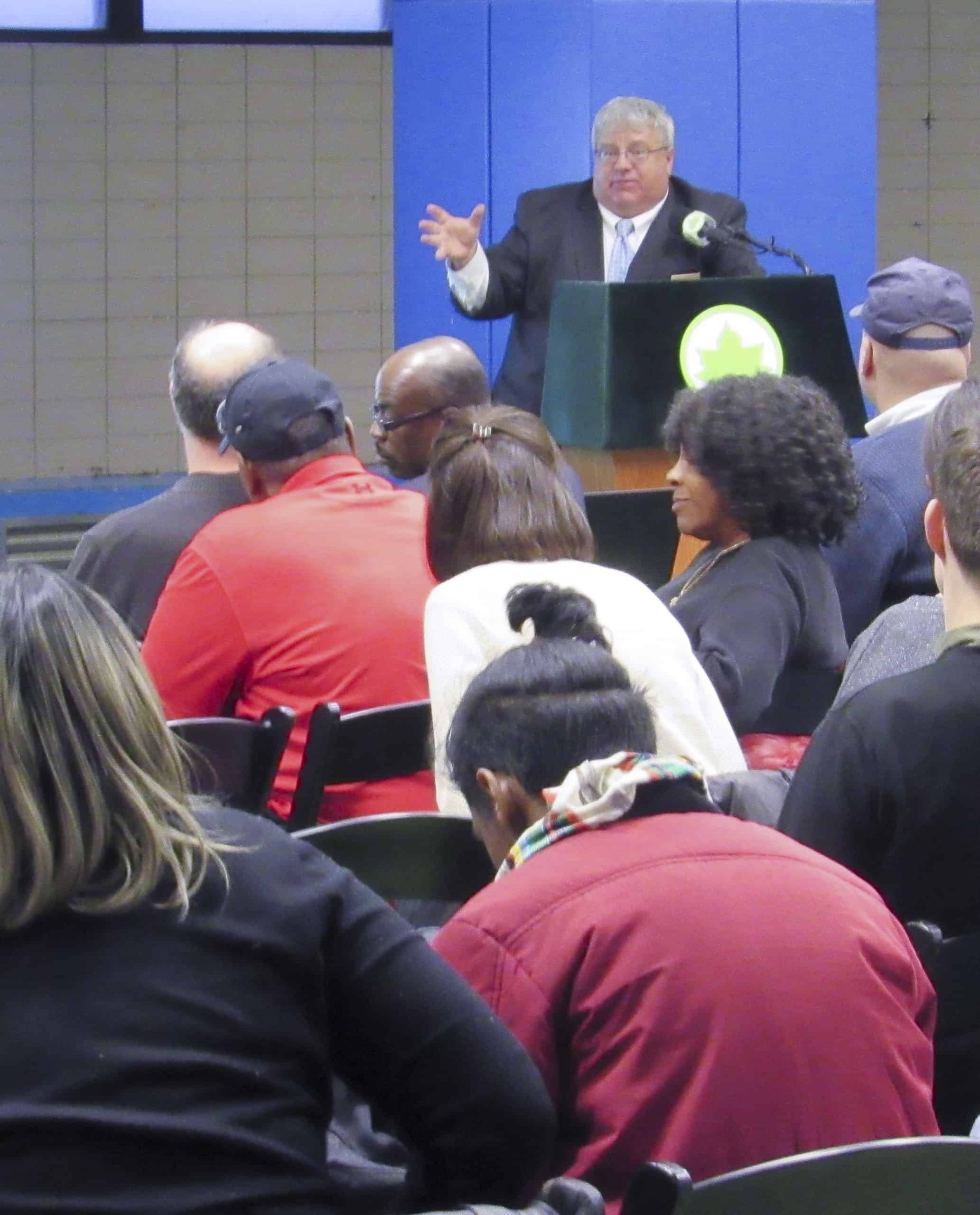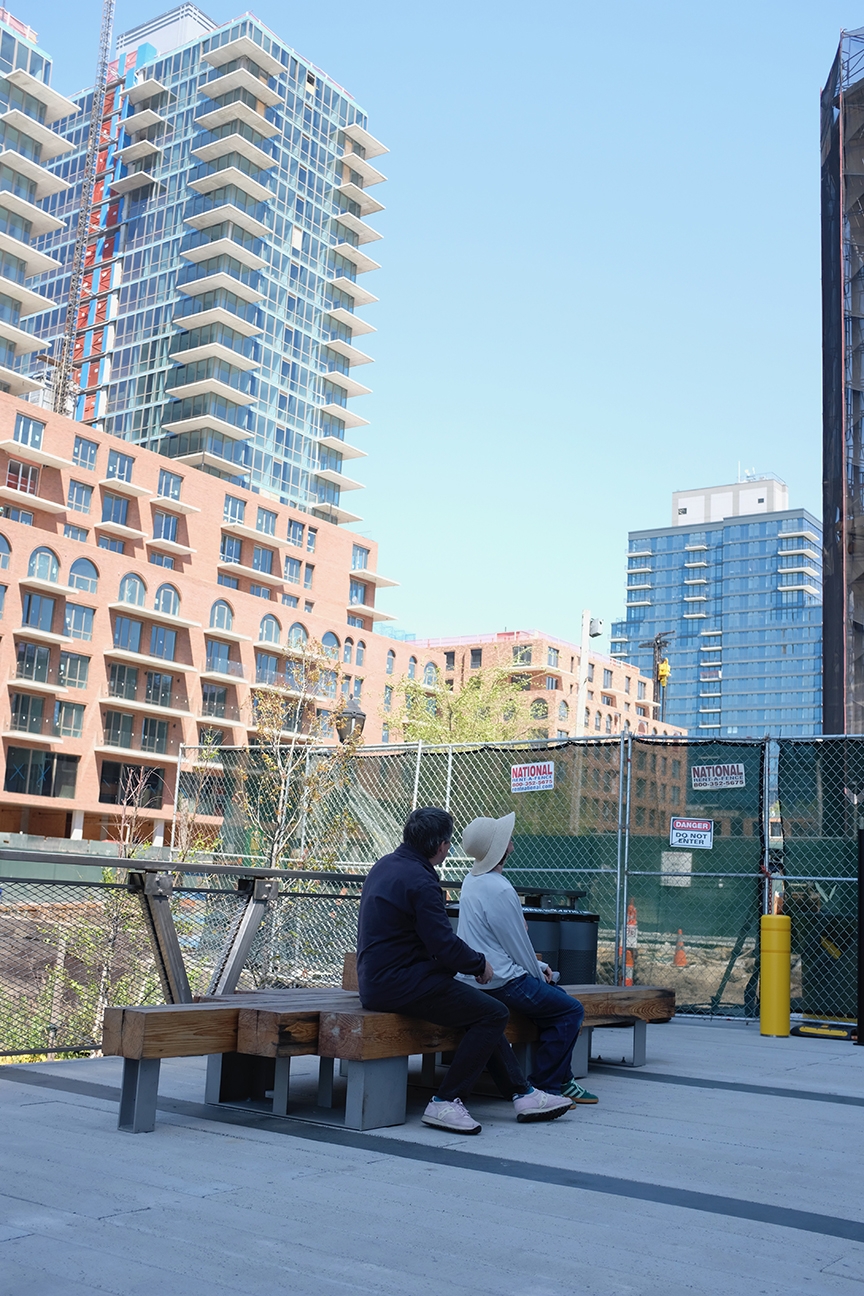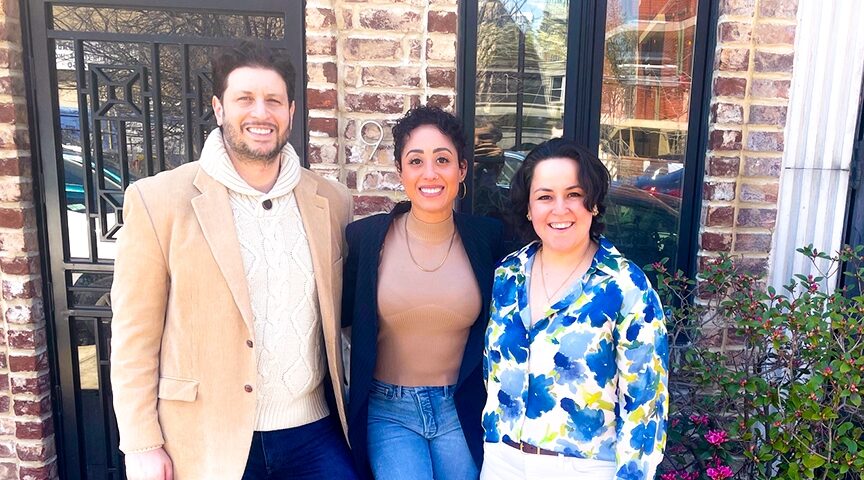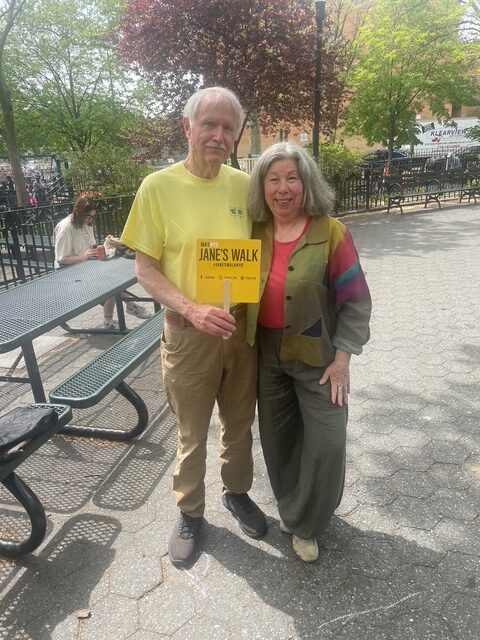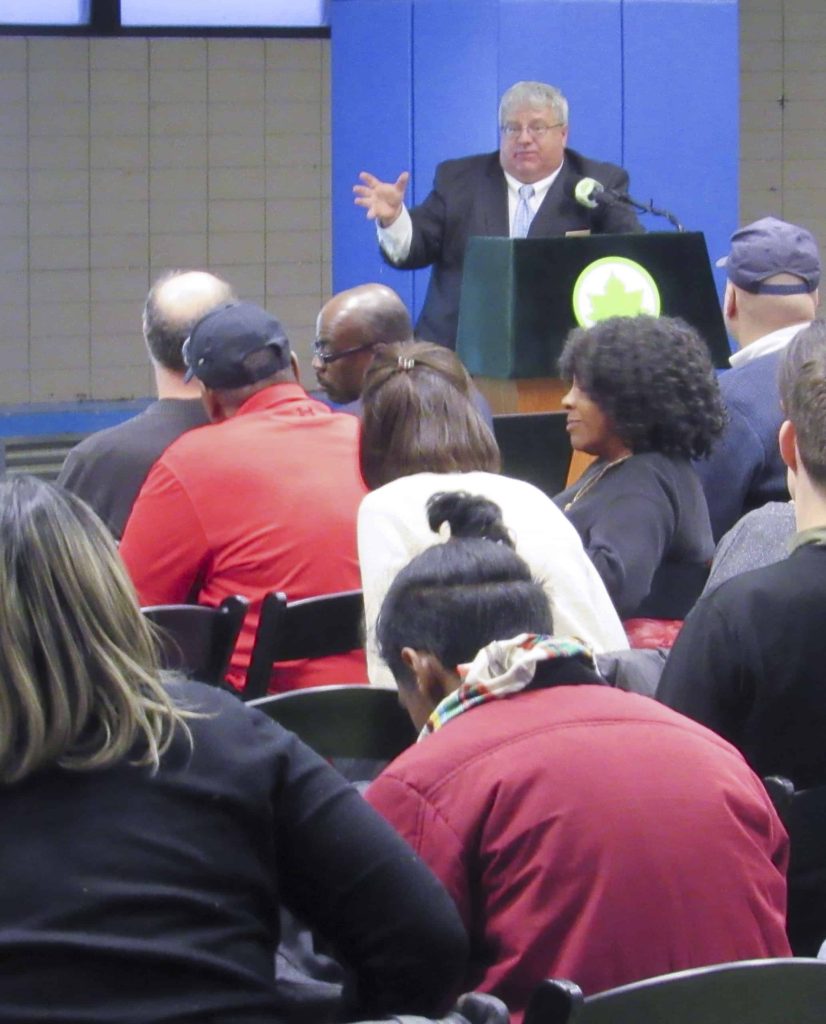
Red Hook ballfields dormant for yet another season
Red Hook residents recently got some disappointing news regarding their ability to use the outdoor fields in the Red Hook ballfields complex.
Ballfields 5-8, originally scheduled to be finished by the spring of 2019, will now not be ready until at least the spring of 2020.
Marty Maher, the Brooklyn Parks Commissioner, announced to an audience at the Rec Center that the delay is due to technical reasons that came up in the bidding process.
Six months ago, in response to local demands for an explanation about the long closed ballfields, Maher appeared at the Rec Center to explain that a lot of work is going on “behind the scenes.” He said that such a big project demands lots of permitting and planning.
The “big project” he refers to is digging up the ballfields next to the Center, removing contaminated dirt, and replacing it with clean dirt and topping it off with Astroturf.
These fields, once home to the Red Hook Little League, as well as a local bar league, have been shuttered since before the 2015 season. In all that time, all that has been done to the fields are a very occasional mowing.
Elias Rodriguez, who is a public information officer for the federal EPA, NYC Parks and the EPA have a legal agreement to conduct the cleanup of ball fields 5-8 and field 9. This followed an expose in USA Today that identified these fields as some of the most contaminated play areas in the country. A lead smelter once occupied the land.
The City requested a 10-month extension in order to submit a health and safety plan and a construction plan for fields 5-8.
“In late January of 2018, NYC Parks informed EPA that such an extension would be necessary due to City and State laws which require a proposed contract to undergo a number of additional reviews and approvals that were not originally anticipated,” Rodriguez added. “This was due to the prices of bids that were submitted during their solicitation period.”
Ball Field 9, the main baseball field in the complex that’s across the street from the Rec Center, will remain open, since the lead contamination in this field is below the surface and according to EPA not dangerous.
As a result of the delay in the cleanup of fields 5-8, between Bay Street and Loraine Street, construction could overlap between fields five through eight and field nine in 2020. During that time period in 2020, all of the ball fields in the complex could be closed to the public.
Field 9 will be cleaned up between 2020 and 2021.
Maher said that the good news that he had to offer was that in the fall of 2020, 2021 and 2023, all four phases of the project will be completed.
“In the fall of 2023, we will have a state of the art facility for all our fields in Red Hook,” Maher said.
Phase 2, which includes ball field 9 and soccer field 2, will be completed in the spring of 2021.
Phase 3, which includes soccer field 3 (inside of the track) and ball fields 1 through 4 (soccer fields 4 and 5 in fall season), will be completed in the fall of 2021. Phase 4, which includes soccer fields one and six will be completed in the spring of 2023.
He added that the main issue with the hold up was that getting the contractors was complicated and that since they had bidders that were within 10 percent of each other that added additional time.
City bureaucracy
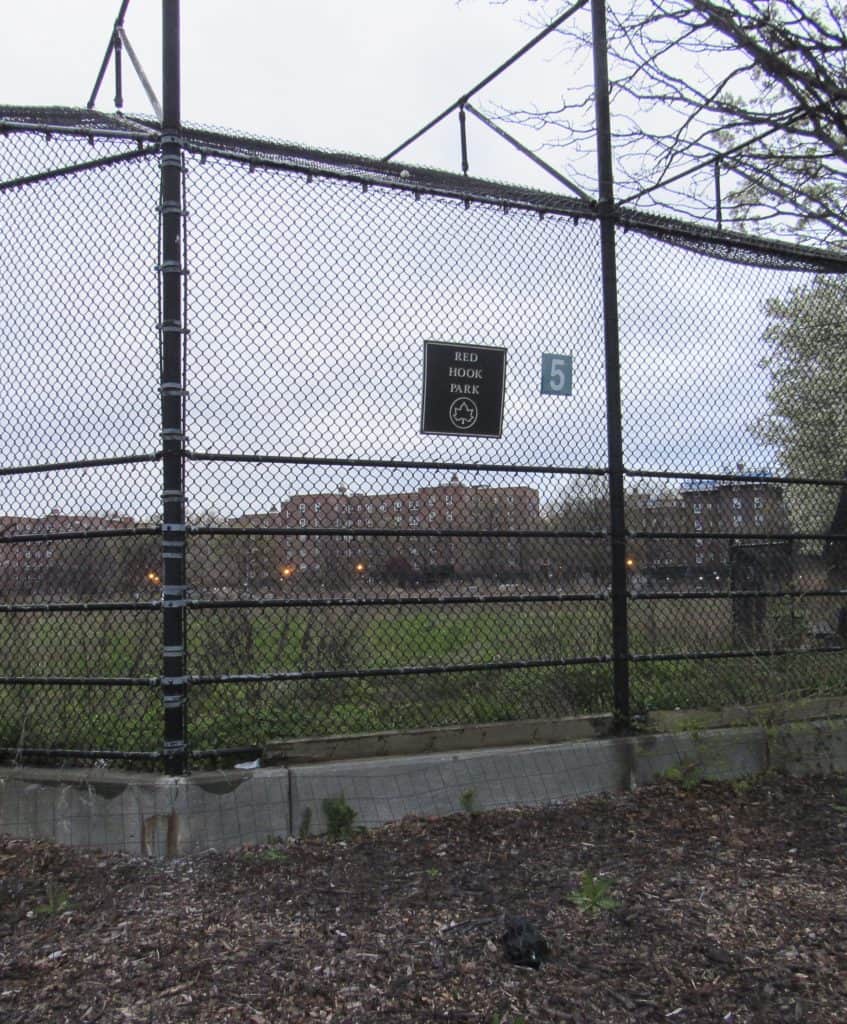
“We have the contractors but there is still an administration process to go through,” Maher said. He said the delay in starting construction will be up to 10 months.
Congreswoman Nydia Velazquez, who represents Red Hook, was at the Rec Center before having to leave for another meeting.
She emphasized that public health comes first and that it can’t be compromised. However, she thinks the process of fixing the fields is taking too long and questioned what the children and families in the area are going to do for field space.
“I am not an engineer, I am not a designer, but when I heard the consent order by EPA that said we had to remove and remediate I thought why is it so complicated,” Velazquez said. “My question is would it take this long if they had to do a clean up on the Upper East Side or Upper West Side of Manhattan.”
She emphasized that something needs to be done since the children and their families in Red Hook deserve better.
Maher thanked her and added they are doing their best.
Councilman Carlos Menchaca, who has been keeping Parks accountable according to Maher, thanked Velazquez for all she does.
Menchaca pointed out that after it was discovered that the ballfields had contaminated soil, EPA got involved and the city put the money into budget so the fields could get remediated.
He talked about Bush Clinton Park and how he helped bring Street Soccer to the neighborhood. They brought two soccer pitches and about 300 kids are currently part of it.
At the ninth public meeting organized by NYC Parks on this issue, there was a question from Karen Blondel, who calls herself an environmental organizer, about the EPA working together with the NYCHA contractors because they are working on concurrent projects both have to do with lead.
Wally Bazemore urged NYC Parks and EPA to speed up the process and said he was going to get as many signatures as possible. He also pointed out that he played on these fields all of the time when he was growing up.
Ian Younge, who is the director of the Red Hook Little League, is an uncle of a current minor league baseball player who played on these ballfields a lot growing up. He said that kids are missing out on valuable time when they could be developing as a baseball player on these fields.
Leroy Branch asked if there could be any monetary incentives for finishing the project on time or faster than the timeline.
John “Chico” Texidor, who works at Red Hook Initiative wanted to know how the community can get involved and if jobs can be given to Red Hook youth to make the process of getting the fields ready go by faster.
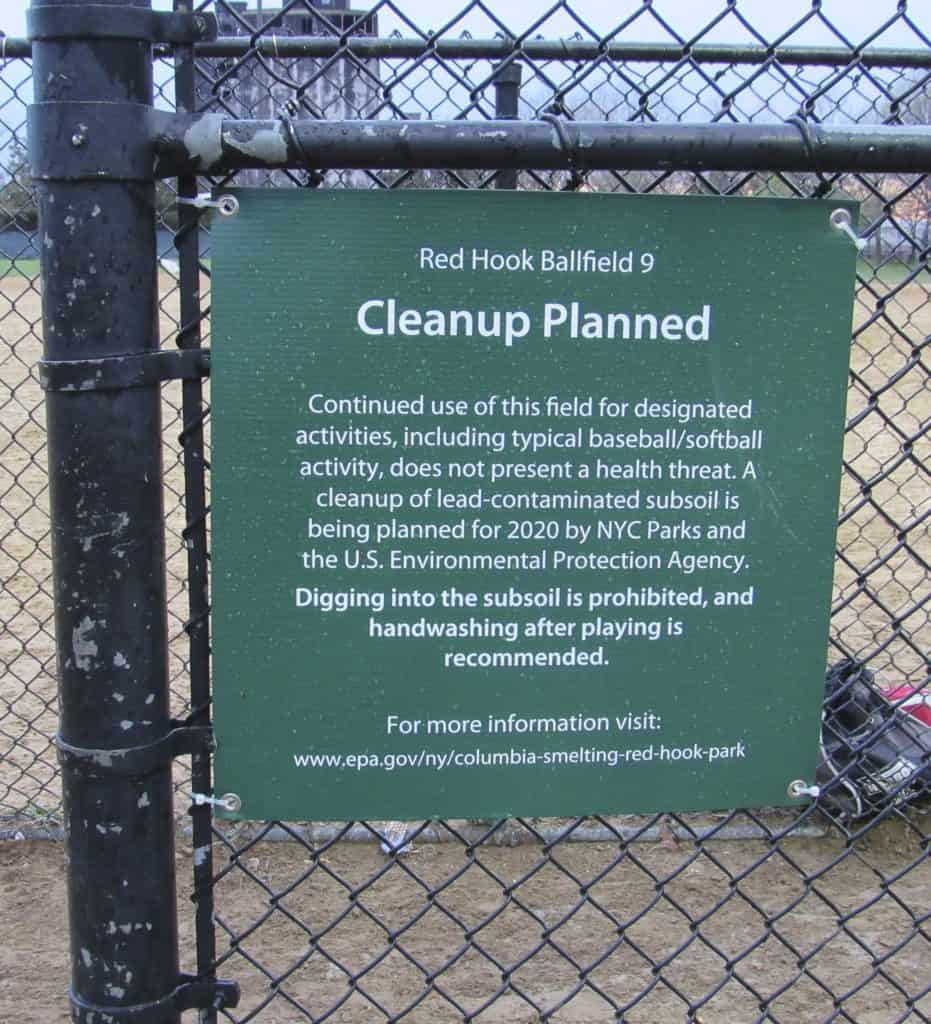
NYC Parks indicated that there was a separate organization that youth could join but that there was not a way to speed up the process.
Discover more from Red Hook Star-Revue
Subscribe to get the latest posts sent to your email.

